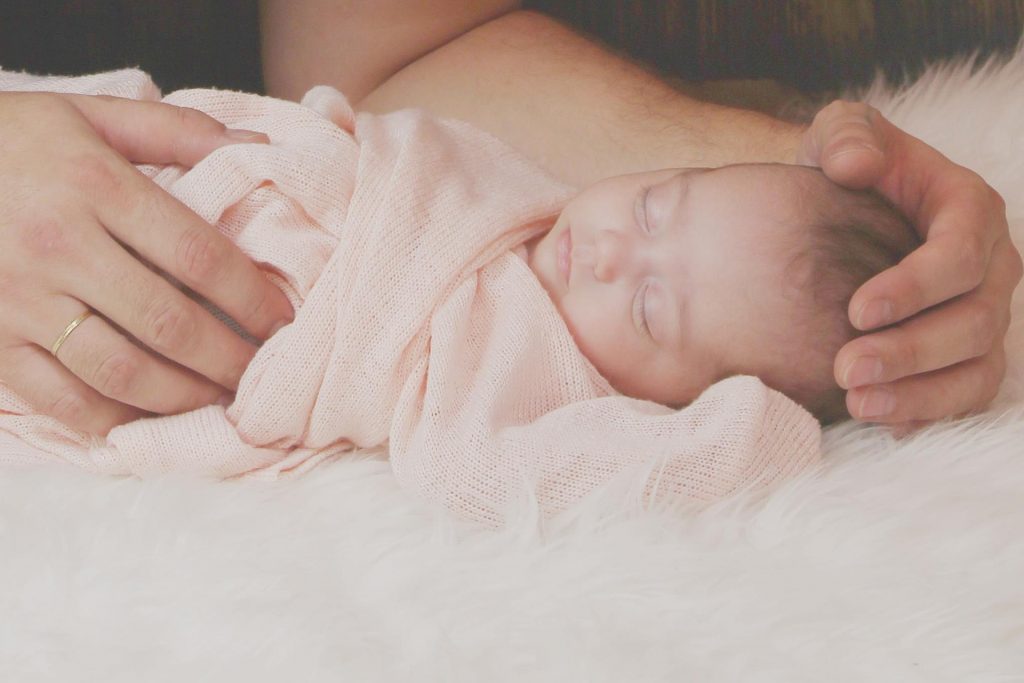
Think a nightlight in your kiddo’s room could cause nearsightedness? Even though a viral TikTok video claims that’s the case, experts in the field say it’s not so.
“Children that sleep in rooms that have a night light or dim lights are much more likely to develop myopia nearsightedness,” said Andrew D. Huberman, Ph.D., an associate professor of neurobiology at Stanford University, in the Neurolab video (1). “Conversely, children that sleep in very dark rooms…have much lower, statistically speaking, a significantly lower probability of developing myopia nearsightedness.” He says the wavelengths of light can get through thin eyelids, which puts kids at risk.
Huberman is not the first person to link the concept of myopia with dim lighting at night.
In 1999, a study in Nature found a link between children who slept with a nightlight or overhead light before the age of two being more likely to develop myopia later in childhood (2). But three studies out in the next two years had conflicting findings.
The 1999 study did say their findings didn’t show that dim lighting was a cause of myopia. They said that not having a daily time of darkness during early childhood was a “potential precipitating factor in the development of myopia.” They said their study was limited because it didn’t collect behavioral data and information on parental lighting preferences were taken into account.
Because the video may — rightfully so — concern parents, other experts are weighing in on Huberman’s claims.
Understanding the Studies
“This [1999] study showed a correlation and not causation,” Jovi Boparai, M.D., is an ophthalmic surgeon, and the co-founder and CEO of CorneaCare, told Sleepopolis News.
“Moreover, the findings of this 1999 study were refuted by three subsequent studies on the topic, which showed no correlation between nightlights and the increased risk of myopia,” Boparai adds. Two of the three subsequent studies came out in 2000 (3), and the other came out in 2001 (4).
“There is no scientific evidence that the use of nightlights causes myopia in children,” Boparai told Sleepopolis.
“Additional research found no evidence that room lighting during sleep in infancy affects the development of myopia,” Mark A. Bullimore, M.C.Optom, Ph.D., an adjunct professor at University of Houston, told Sleepopolis.
“The association between nightlights and myopia has been debunked,” Bullimore said. He added that our eyelids transmit predominantly red light when the melanopsin cells in the retina are most sensitive to blue light.
“Nature has designed our eyes such that closing our eyes switches off the melanopsin cells,” Bullimore explained. “Closing our eyes is as effective as turning off the lights.”
“Myopic parents were more likely to use night lighting in their children’s rooms than non-myopic parents, and failure to take this into account likely produced the erroneous results in the earlier study,” Bullimore said.
Eric H. Chudler, Ph.D., a research associate professor at University of Washington, suggested that parents who are nearsighted are more likely to use night lights, which may be why the research is conflicting.
“These parents may have the genes for nearsightedness and pass this trait on to their children. Therefore, the correlation between nightlights and myopia may be due to genetics and not the use of nightlights.
Graham E. Quinn, M.D., Emeritus Director of Research for the Division of Pediatric Ophthalmology at Children’s Hospital of Philadelphia, one of the researchers on the 1999 study team, shared a comment.
“Obviously more work needs to be done, but light exposure is not the sole driver,” Quinn told Sleepopolis. “The TikTok implies it’s simple and it’s not. There are most likely other important environmental, social and hereditary influences.”
Karla Zadnik, O.D., Ph.D., professor of optometry at The Ohio State University College of Optometry, led one of the studies in 2000 that refuted the 1999 research.
Zadnik said that because the nightlight concern is not “well founded,” parents can have a light anywhere in the room that works for the child, or none at all.
“His [Huberman’s] assertion is 20-year-old news and is spurious,” she said.
Huberman did not respond for comment at the time this article was published.
Zadnik points to known risk factors — like genetics — instead of the old study about nightlights being a cause.
“The genetic vs. environmental risk factor for myopia development story is a complicated one,” Zadnik told Sleepopolis News. “A child with two parents with myopia is a powerful risk factor.”
How to Help Kids Sleep Better With Light
Boparai says that bright light exposure close to bedtime may prevent the smooth transition to sleep.
“I typically recommend children avoid bright light exposure at least 60 minutes prior to bedtime,” he said. “If a nightlight is needed, using a dim light in a corner or wall away from the child’s face is ideal.”
What about reading in bed if the light is dim? Boparai warns against it, especially if children have a hard time falling or staying asleep.
“While this may promote reading in children, it can lead to eye strain and poor sleep hygiene,” he explained. “Eye strain prior to bed can cause blurry vision, headaches and neck pain, which may aggravate the mind and body, and prevent the transition to restful sleep.”
Reading in bed may train the brain to become more aroused at bedtime, which can disrupt the circadian rhythms, he added.
“Instead, I prefer to read in another room with sufficient lighting directed towards the book so I can read comfortably,” Boparai said.
Zadnik said there’s no evidence that reading in bed could cause vision issues.
Parents who want to try to prevent myopia can let their children spend time in natural light outside. That may be preventative for myopia development, research shows.
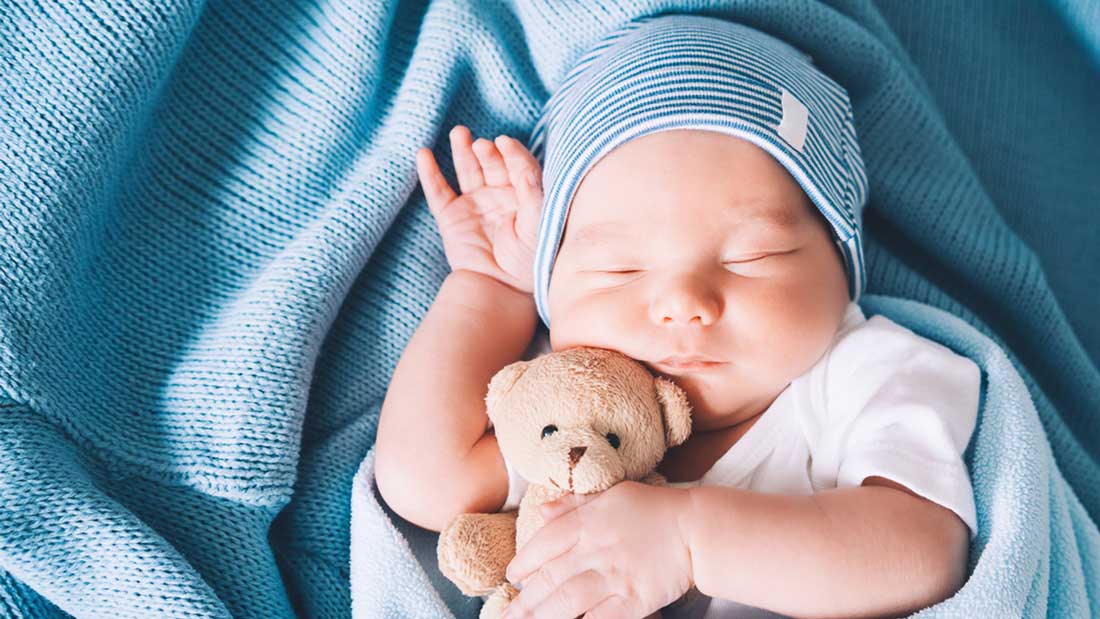
Should You Limit Your Child’s Nap Time? New Study Shows Naps Reflect Baby’s Cognitive Function
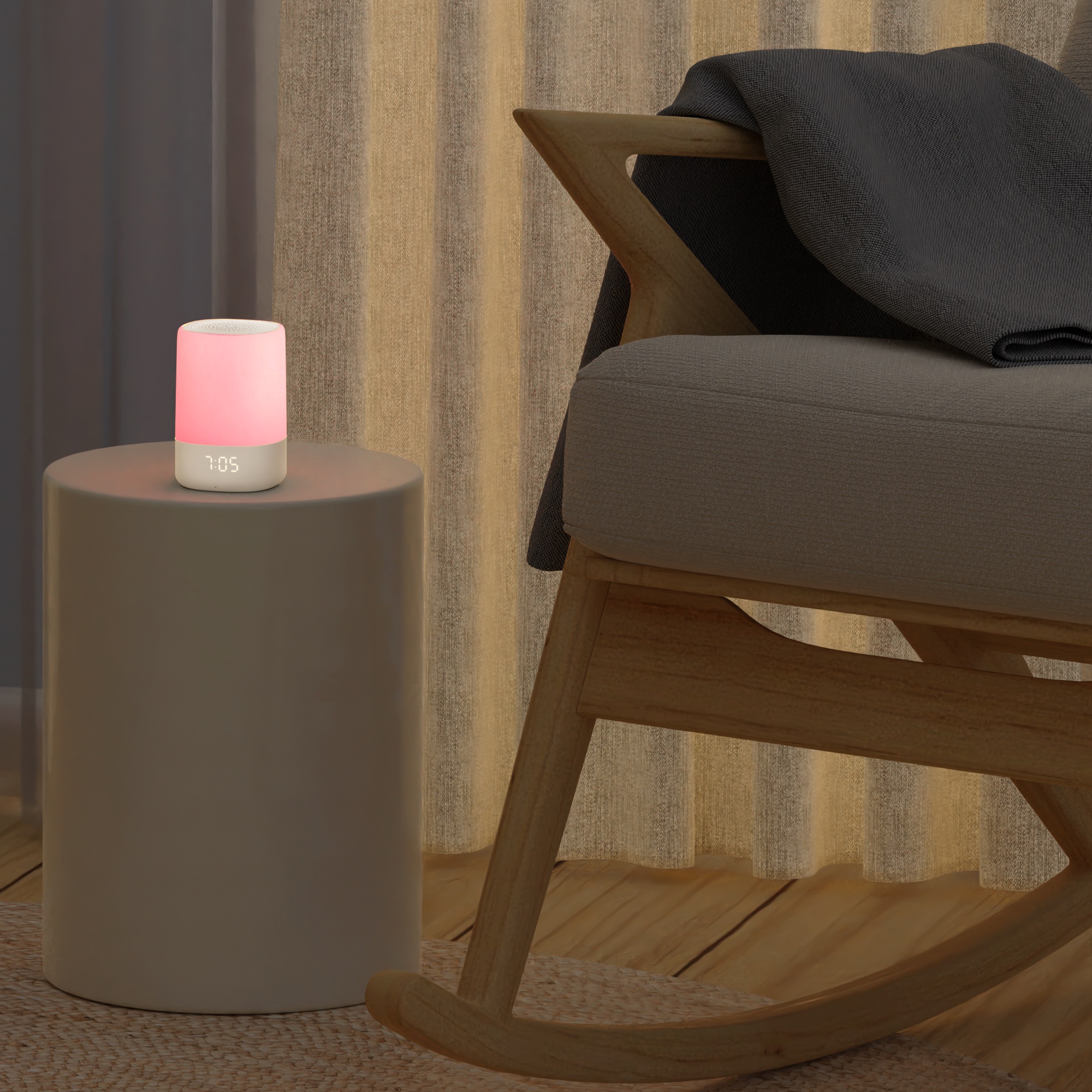
I Tried Nanit’s New Bedtime Sound Machine, and My 5-Year-Old Has Thoughts
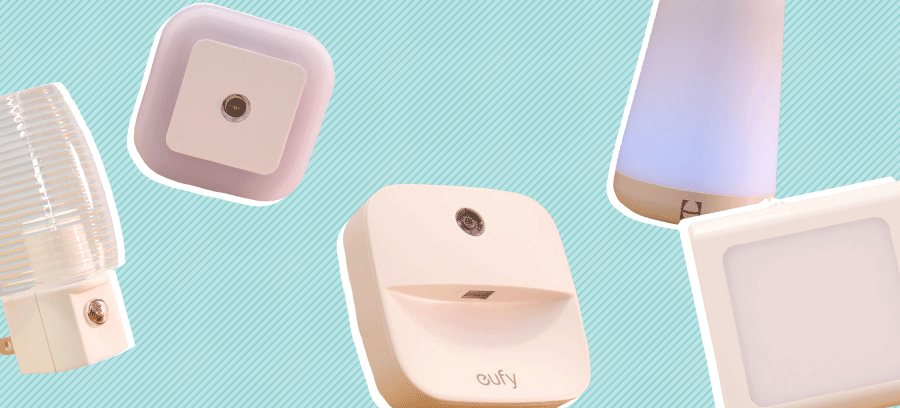
Best Nightlights
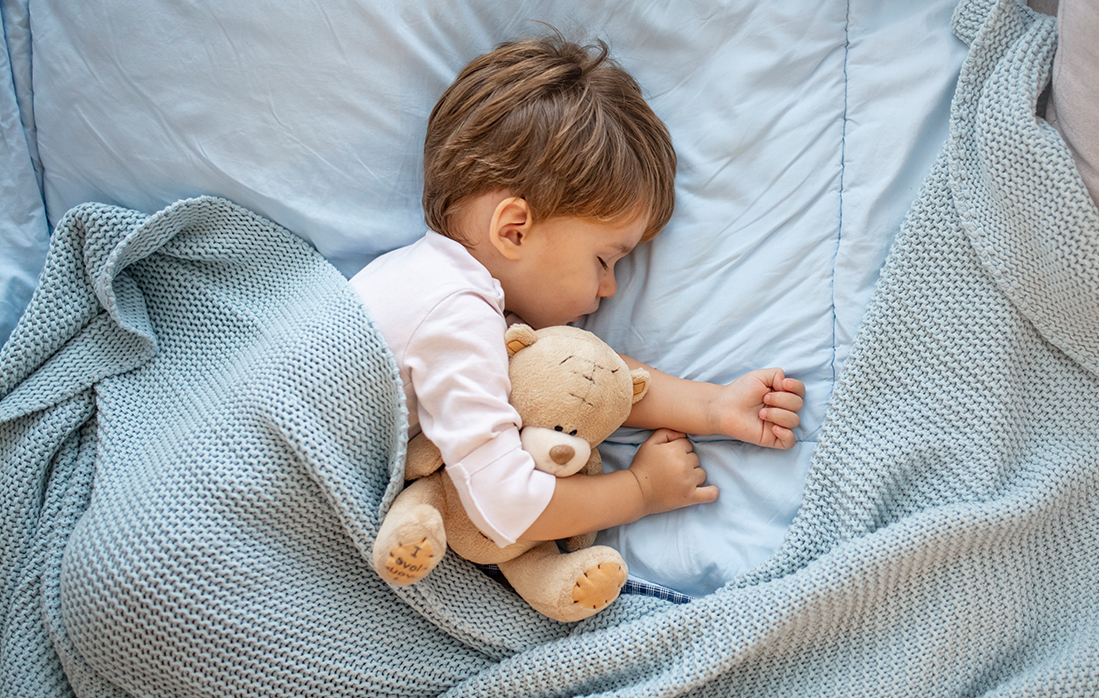
Toddler Sleep Schedules and Bedtimes with Tips from the Experts
Sources
1. https://www.tiktok.com/@neurolab_/video/7230138644705660187?_r=1&_t=8ejICgcSggA
2. Quinn, G., Shin, C., Maguire, M. et al. Myopia and ambient lighting at night. Nature 399, 113–114 (1999). https://doi.org/10.1038/20094
Boparai, Jovi. Author interview. August 2024.
Quinn, Graham E. Author interview. August 2024.
3. Zadnik K, Jones LA, Irvin BC, Kleinstein RN, Manny RE, Shin JA, Mutti DO. Myopia and ambient night-time lighting. CLEERE Study Group. Collaborative Longitudinal Evaluation of Ethnicity and Refractive Error. Nature. 2000 Mar 9;404(6774):143-4. doi: 10.1038/35004661. PMID: 10724157.
4. Saw S, Wu H, Hong C, et alMyopia and night lighting in children in SingaporeBritish Journal of Ophthalmology 2001;85:527-528.
Bullimore, Mark A. Author interview. August 2024.
Zadnik, Karla. Author interview. August 2024.
Chudler, Eric H. Author interview. August 2024.



























